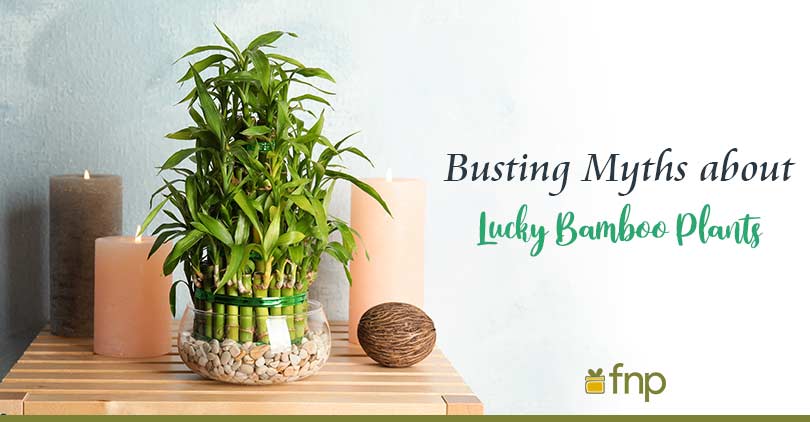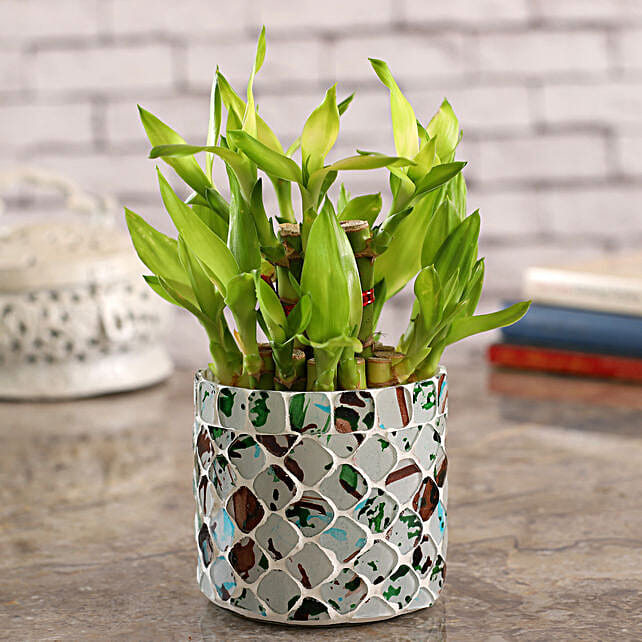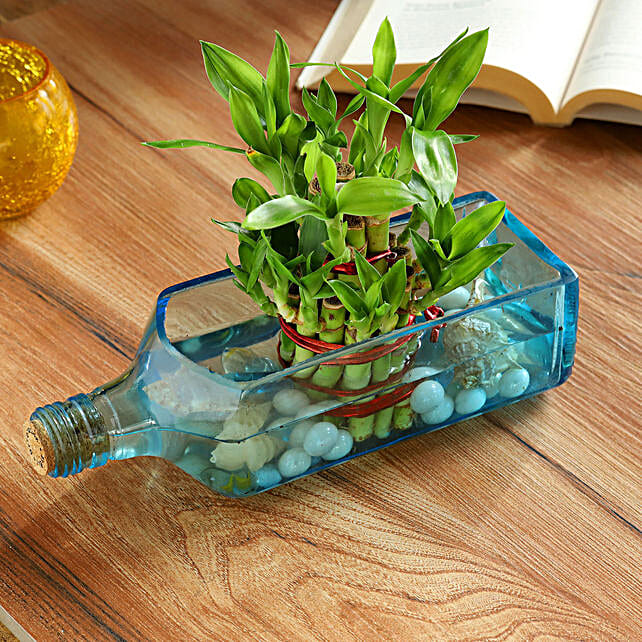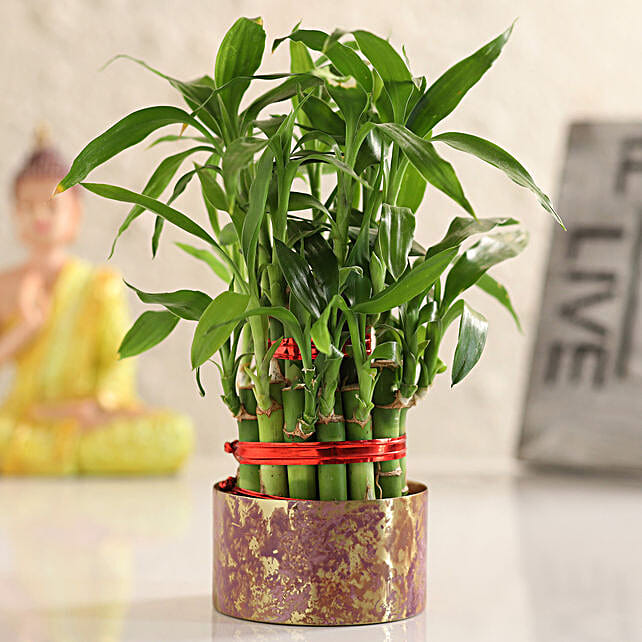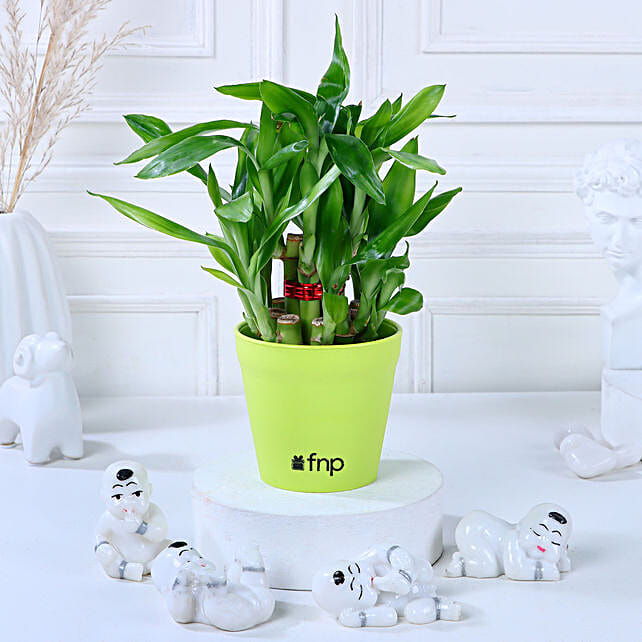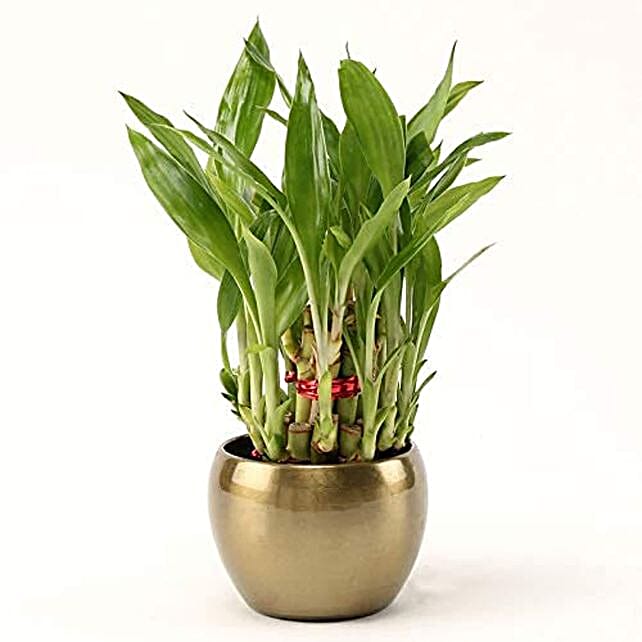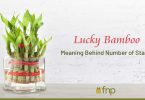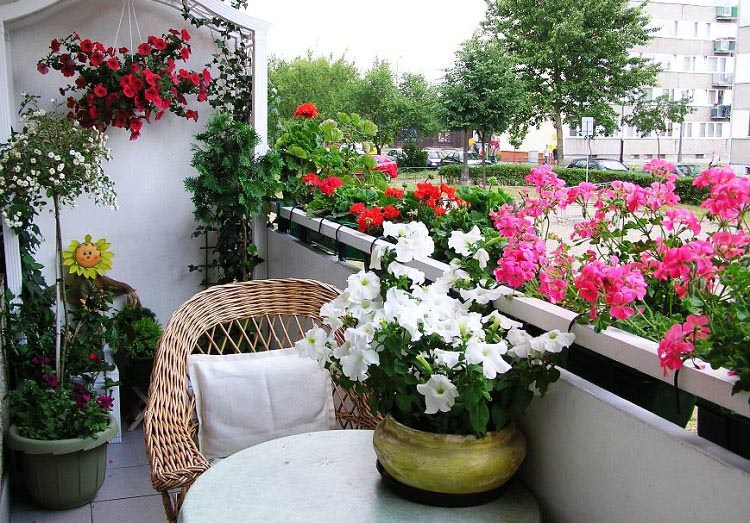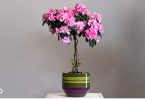The Lucky Bamboo plant is a household favourite in homes and offices around the world. Known for its graceful appearance and association with good fortune, the Dracaena Sanderiana is believed to attract prosperity and positive energy. Whether placed in water or soil, this hardy plant is easy to care for and fits beautifully into any space.
However, over the years, a lot of bamboo myths have emerged that confuse plant lovers and beginners alike. Let’s clear the air and separate facts about lucky bamboo from fiction.
What Makes the Lucky Bamboo So Popular?
The Lucky Bamboo is often linked to ancient Chinese traditions and Vastu Shastra in India. In both practices, it is believed to balance energy and invite happiness into your home. While these beliefs add to its charm, some misconceptions can lead to unnecessary plant care mistakes or anxiety.
But is lucky bamboo really lucky? Let’s look at what’s true and what’s not.
Common Myths About Lucky Bamboo Plants
- The Death of a Lucky Bamboo Brings 29 Years of Bad Luck
This is perhaps the most common myth that leaves people anxious. According to this belief, killing a Lucky Bamboo plant accidentally will bring bad luck for the next 29 years.
The truth? While it’s never great to see any plant die, the universe is not keeping score. If your plant doesn’t survive, don’t panic. Focus on understanding what went wrong and try again. Positive energy comes from how you feel in your surroundings, not from superstition.
- Lucky Bamboo Cannot Grow in Water
One of the popular lucky bamboo myths is that these plants won’t survive in water. In reality, Lucky Bamboo thrives beautifully in clean water, making it ideal for decorative arrangements in glass vases.
Quick Tip: Use distilled or filtered water and change it every 7–10 days to prevent root rot. Adding a few pebbles can also help anchor the plant and create a stylish look.
- Lucky Bamboo Needs Direct Sunlight to Stay Healthy
This is another misconception that often harms the plant. Direct sunlight can actually scorch the leaves of Lucky Bamboo, turning them yellow or brown.
The truth: Lucky Bamboo prefers bright, indirect light. Place it near a window where it gets filtered sunlight, or in a room with plenty of ambient light.
- It Has a Very Short Life Span
Many people assume that Lucky Bamboo is a short-lived plant that needs frequent replacing.
Fact check: With proper care, Lucky Bamboo can thrive for several years, even up to a decade. All it needs is fresh water (or well-drained soil), occasional pruning, and protection from harsh conditions.
- Bringing Lucky Bamboo Home Will Shower You With Money
The idea that Lucky Bamboo magically fills your home with wealth is a popular belief in Vastu and Feng Shui circles.
The reality? While the Lucky bamboo plant Vastu principles suggest that it attracts positive energy and opportunities, wealth still requires hard work and dedication. Think of the plant as a symbol of your intentions rather than a shortcut to riches.
Fascinating Facts About Lucky Bamboo
Now that we’ve debunked the major lucky bamboo myths, here are some interesting truths about this beloved plant:
- It’s Not a True Bamboo
Despite its name, Lucky Bamboo is not technically bamboo. It belongs to the Dracaena family and is more closely related to succulents than to traditional bamboo.
- It Symbolises Harmony
In Feng Shui, the number of stalks in a Lucky Bamboo arrangement carries specific meanings; two for love, five for health, eight for prosperity, and so on.
- Easy to Style
Lucky Bamboo is one of the most versatile plants. Whether braided, spiralled, or arranged in clusters, it adapts beautifully to creative displays.
These facts about lucky bamboo prove why it continues to be a favourite in homes and offices worldwide.
Lucky Bamboo and Vastu: What You Should Know
In Vastu Shastra, the placement of Lucky Bamboo plays a key role in enhancing its benefits. Here’s how to position it for maximum effect:
- East or South-East Direction: Promotes health and wealth.
- Living Room or Office Desk: Enhances harmony and productivity.
- Near the Entrance: Welcomes positive energy into the home.
Following these simple Lucky bamboo plant Vastu tips can amplify its symbolic power in your space.
Why Lucky Bamboo Deserves a Place in Your Home
The Lucky Bamboo isn’t just a decorative plant; it’s a symbol of resilience and positive energy. Caring for it is simple, and its low-maintenance nature makes it perfect for beginners.
Whether you believe in its luck-bringing powers or not, its beauty and adaptability make it a wonderful addition to any living space.
Final Thoughts
The Lucky Bamboo has charmed its way into homes across cultures, inspiring beliefs and traditions along the way. While some superstitions are rooted in ancient wisdom, many are just myths. The next time you wonder, “is lucky bamboo really lucky?”, remember: the true luck lies in how it brings calmness and greenery to your surroundings.
Place it mindfully, care for it well, and let it serve as a gentle reminder to nurture positivity in your life.
Frequently Asked Questions
Q.1 What does lucky bamboo symbolise in Feng Shui?
Ans. In Feng Shui, Lucky Bamboo symbolises harmony, prosperity, and resilience. It is believed to channel positive energy into a space and balance the five elements: wood, water, earth, fire, and metal, through simple arrangements. The number of stalks is also significant: for instance, three stalks represent happiness, wealth, and long life, while eight stalks are said to attract abundance. Understanding what Lucky Bamboo symbolises helps you place it meaningfully in your home or workspace for maximum benefit.
Q.2 What are common myths and facts about bamboo plants?
Ans. There are several myths about bamboo that often mislead plant lovers. One popular belief is that bamboo plants only grow in soil, but in truth, Lucky Bamboo thrives in water as well. Another myth suggests that these plants have a very short lifespan, yet with proper care, they can live for years. As for the facts, Lucky Bamboo is not actually bamboo—it’s a member of the Dracaena family. Separating myths and facts about bamboo plants ensures you can care for them properly without falling for misconceptions.
Q.3 Can gifting bamboo ever bring bad luck?
Ans. This is a common myth. In truth, gifting bamboo is generally considered auspicious. While some cultures believe misfortune may follow if the plant dies, this belief isn’t widely held. Lucky Bamboo is predominantly regarded as a symbol of good luck, health, and prosperity when given as a gift.
Q.4 Is lucky bamboo really bad luck in some cultures?
Ans. While Lucky Bamboo is cherished in many Asian cultures for bringing good fortune, there are isolated beliefs in certain places that consider it unlucky if not cared for properly. For example, some people think that if the plant dies, it might bring misfortune. However, these are rare and not widely accepted. Overall, there’s no strong cultural consensus that Lucky Bamboo is bad luck—it’s largely regarded as a positive addition to homes and offices.
Q.5 What is the spiritual meaning behind lucky bamboo gifts?
Ans. Gifting Lucky Bamboo carries a deep spiritual meaning. It symbolises wishes for the recipient’s health, success, and happiness. In Chinese tradition, it is also believed to strengthen relationships and attract harmony. Whether arranged with coins for wealth or tied with red ribbons for protection, a bamboo gift reflects your intention to share positive energy. So, if you’re wondering what Lucky Bamboo symbolises, think of it as a gesture of goodwill and balance for the recipient.

